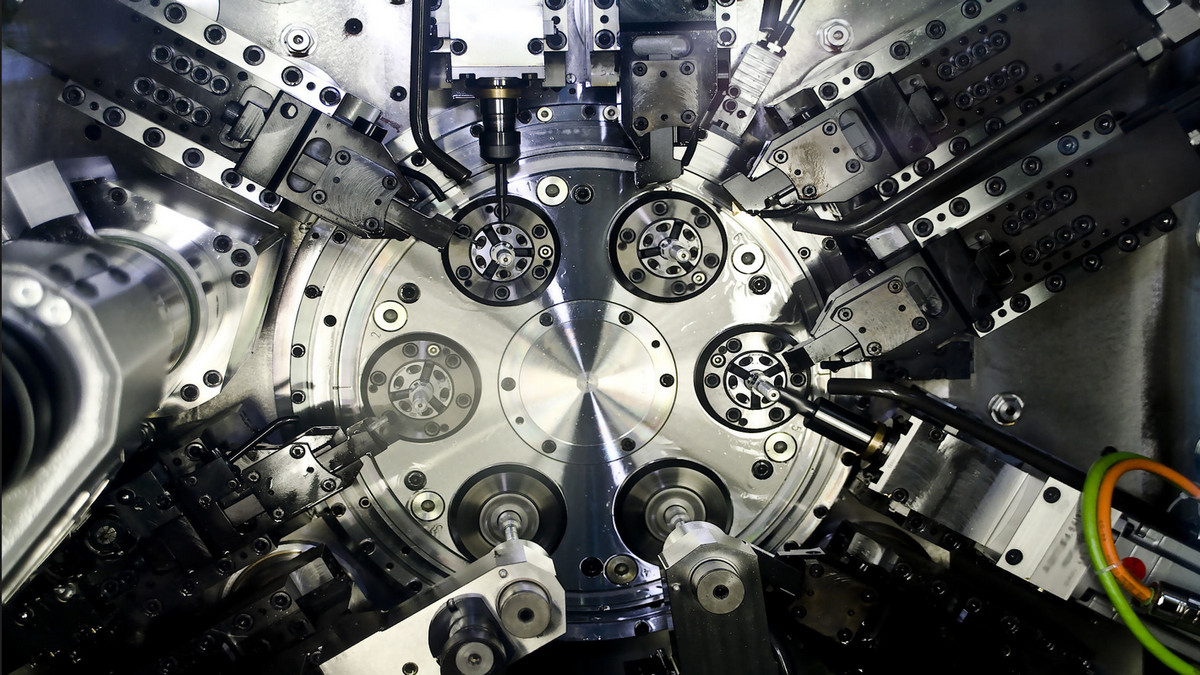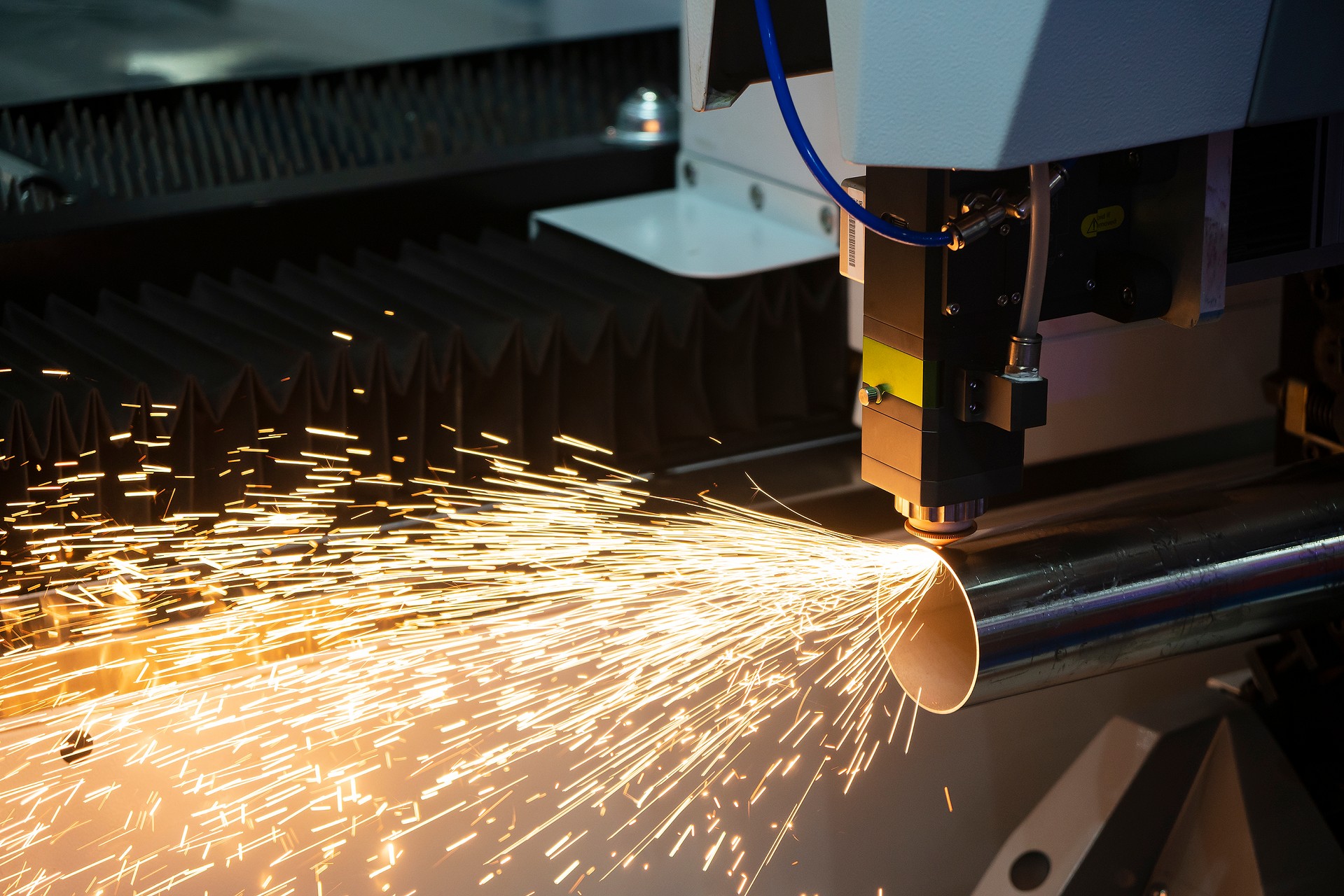Rotary Indexing Plates are precision components of milling machines that facilitate the precise angular positioning of workpieces and cutting tools. They are used in both metal machining and woodworking, and while they share a fundamental purpose, there are notable differences in their design, capabilities, and applications due to the distinct characteristics of the materials and processes involved.
Applications in Metal Machining
Indexing plates are often employed in milling and drilling of metals, and a prime example is in gear manufacturing. In gear manufacturing processes, indexing plates facilitate the precise positioning of a milling machine when cutting gear teeth. The ability to achieve different gear ratios through the use of indexing plates is essential in the production of gears to ensure precise meshing and functionality. The versatility of indexing plates allows them to be used for producing all types of gears such as spur gears, helical gears, and bevel gears.
For drilling and tapping operations, where the placement of holes and threads is critical, rotary indexing plates guide cutting tools to ensure that bores and threads align flawlessly with the intended design. Rotary indexing plates enable the creation of a broad range of intricate contours, profiles, and features with unparalleled accuracy.
Indexing Plates in Woodworking
In woodworking operations, indexing plates used on lathes help to expand creativity of designed items. The integration of indexing plates and router tables helps woodworkers to create complex contours and ornate details. Indexing plates streamline the setup processes, reducing the time required to position and secure workpieces. This not only enhances productivity but also contributes to cost-effectiveness in both woodworking and metalworking environments.
Manual vs. Automatic Indexing Plates
Indexing plates come in various forms, from manual to automated, each catering to specific requirements and preferences in industrial manufacturing settings.
Manual indexing plates have long been the norm among skilled machinists. In applications where the human touch is crucial, such as in crafting prototypes or small-scale production runs, manual indexing plates offer tactile feedback and immediate control, often preferred by seasoned craftsmen where precision is important.
On the other hand, automatic indexing plates, often integrated with CNC systems, with advanced automation and digital control, offer unparalleled accuracy and repeatability. CNC-controlled indexing plates are ideal for large-scale production as they achieve intricate geometries and patterns with unprecedented precision, ease and consistency.
Whether creating intricate wood carvings or precision metal components, the versatility and precision of indexing plates allows craftsmen and machinists to design and craft innovative products with exceptionally creative features.














